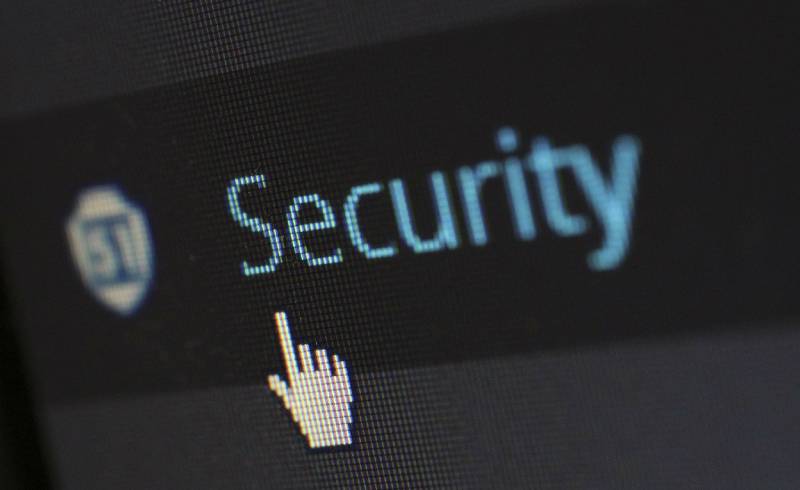
5 ways to spot an email phishing, the scammers are constantly evolving.
The scammers of this malware are constantly evolving, and their methods are becoming more crafty and difficult to locate.
Published in PCworldenespanol.com by William Peña
Main illustration Werner Moser in Pixabay
No one wants to believe that he is the victim of a - phishing scam, but the investigative report of data breaches, Verizon, indicates that 30% of the phishing scam are opened, which explains the popularity of this attack. It just works. Even so, there are ways to identify this cybercrime.
Learn 5 ways to know or detect an e-mail with phishing:
- Expect the unexpected.A report from wombat security reported that these attacks were disguised as something that an employee is expected, that is to say, a document of human resources, a shipping confirmation or a request to change password that seemed to come from the it department. It is therefore advisable, if appropriate, confirm with the departments concrete if these emails are legitimate.
- Verify the identity.Be careful if you receive an e-mail message or even an instant message from someone who is not known to log on to a web page, especially if that person requests that it waive a password or social security number. Legitimate companies never ask for this type of information via message or email. A clear example is that a bank would never ask any client account number or credit card since that is information that you already have.
- Don't click on unfamiliar links.Normally, phishing scam attempt to convince victims to provide their user names and passwords so they can access their accounts online. From there, they can empty your bank accounts, make unauthorized charges on your credit cards, steal your data, read your e-mail, etc, often, will include a url embedded that will take you to a different site. At first glance, these urls can seem perfectly valid but if you place the cursor over the url, you can usually see the hyperlink real. If the hyperlink address is different from what is shown , it is probably a phishing scam and should not do click.
- .Bad spelling and grammarIt is highly unlikely that a corporate communications department to send messages to your customer base without corrections of spelling, grammar, editing, and revising. If the email you receive is riddled with these errors, it is a scam. You should also be skeptical of the generic greetings such as “dear customer” or “dear member”. These should raise suspicion because most companies would use a specific name in their greeting of the email.
- Threats“Requires urgent action”, “your account will be closed”, “your account has been compromised”. These intimidation tactics take advantage of the anxiety and concern of the victims to provide their personal information. Do not hesitate to call the financial institution or company to confirm.

